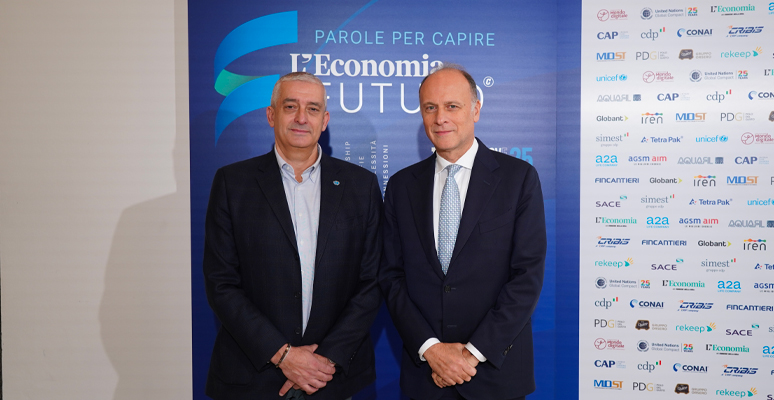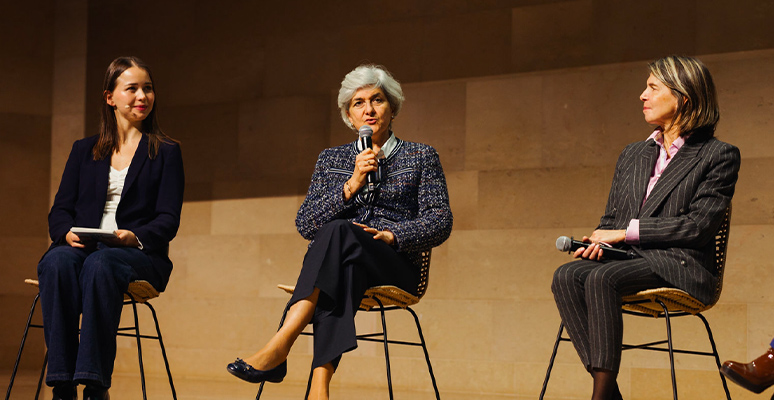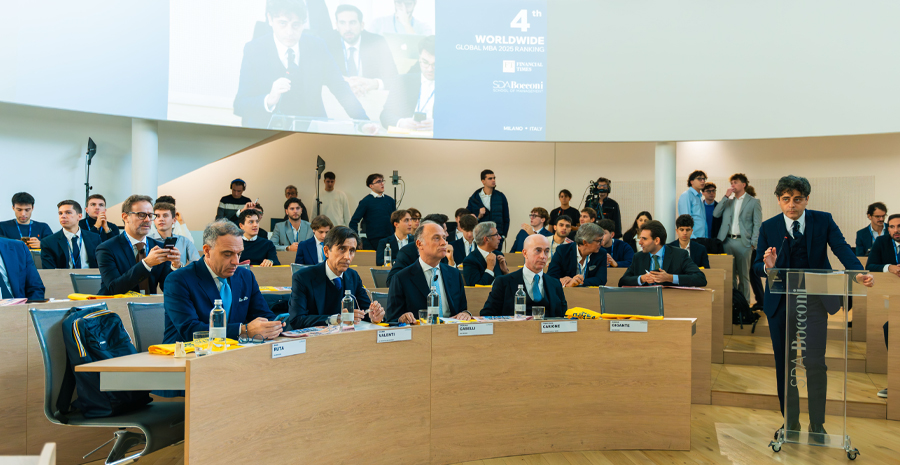SDA Bocconi with SITA and Shionogi for a new role of hospital pharmacists
Never change a winning formula. The recently ended second edition of the STewardship and Antibiotic Resistance (STAR) program, a training course for 22 National Health Service pharmacists on the topic of Antimicrobial Stewardship, also featured three days of training and three winning field projects, as the previous one did. The Italian Society of Anti-infective Therapy (SITA) and SDA Bocconi worked together to create the program, and Shionogi Italia funded it with a unconditional contribution. This edition could finally be held in presence, and had an interesting new element: some of the participants in the first edition presented the follow-up of their field work with projects that covered different topics, from the revision of formularies and protocols, and the assessment of the organizational impact of Antimicrobial Stewardship and the use of technology, to monitoring activities.
The aim of the course was to strengthen the skills of hospital pharmacists within stewardship teams. Several topics were covered, from guiding and monitoring appropriate therapeutic prescriptions for critical patients with limited treatment options, to alignment among healthcare professionals throughout the treatment process, to corporate planning and control systems, to proper use of the Health Technology Assessment domains, with a focus on assessment of the financial impact of antibiotic therapies.
“The second edition also saw significant participation in both training activities and field projects, the latter aimed at specific topics of interest for the healthcare companies where pharmacists work. But it was also an opportunity for group work and networking with colleagues,” Claudio Jommi, scientific co-director of the course and Professor of Practice of Health Policy SDA Bocconi, commented. “Sharing this training course with SITA and hospital pharmacists was very useful because Antimicrobial Stewardship activities require multidisciplinary skills. The School, for its part, offered economic and management skills applied to antibiotic therapy and, more generally, to the management of care-related infections.”
Even this year, the criteria for evaluating field projects focused on the achievement of established objectives and the impact produced, on structure and presentation of the project, and the right balance between description of the current situation and drive for innovation. The winning projects were those by Alberto Costantini, ASL Pescara, on the “Retrospective Evaluation of the Impact of Pharmacists’ Activity in Antibiotic Therapy,” Cinzia D’Angelo, ASST Santi Paolo e Carlo Milan, on “Antimicrobial stewardship in correctional institutions,” and Daniele Mengato, Hospital Company-University of Padua, on “Real-world analysis of the efficacy of cefiderocol vs BAT (Best Available Therapy) in the treatment of severe Acinetobacter Baumannii MDR infections.”
“In addition to having an extremely rewarding training course, I was able to focus on a particularly thought-provoking aspect of my profession, i.e. the implementation of research projects on real-world data, which pharmacists should pursue to better frame the management information they can routinely access,” Mengato commented. Cinzia D’Angelo confirmed the value of discussing with colleagues: “On top of the quality of all the lecturers, the strength of the course was the teamwork with all the other pharmacists and being able to share knowledge and experiences.” Finally, Alberto Costantini stressed the importance of these training initiatives “of the highest level thanks to integrated teaching between the Italian Society of Anti-infective Therapy and SDA Bocconi School of Management. Besides the professional growth related to the new frontiers of antibiotic therapy and processes to fight antibiotic resistance, we have shown that integration with ITC systems and cross-professional collaboration are key to managerial and clinical care processes.”
“The hospital pharmacist is one of the subjects who experience, firsthand, the challenge that the National Health Service is facing with respect to antibiotic resistance, and it is necessary for these professionals to be an active part of stewardship teams and contribute, within their role, to the definition as well as appropriate and targeted governance of antibiotic therapy,” Matteo Bassetti, Full Professor of Infectious Diseases University of Genoa, SITA President and scientific co-director of the STAR project, stated. “The training activity was therefore essential to update pharmacists on new antibiotic therapies to fight AMR and on new forms of resistance.”
The multidisciplinary contributions brought in by experts in economics and management along with infectivologists, microbiologists and the hospital pharmacists themselves make up a great training resource and could become “a considerable advantage for our NHS, from an organizational, resource-optimization and, above all, patient-health point of view,” Francesco Cattel, Director of the S.C. Hospital Pharmacy City of Health and Science Turin and lecturer of the course, explained. “The goal of the STAR Program is to provide the participating professionals with a comprehensive and in-depth overview, increasing their awareness and ability to interact with all the specialists involved in Antimicrobial Stewardship processes.”
SDA Bocconi School of Management
SDA Bocconi with UNICEF and Corriere della ...

Regenerating nature can save 50% of the ...

Football Business Forum 2025



